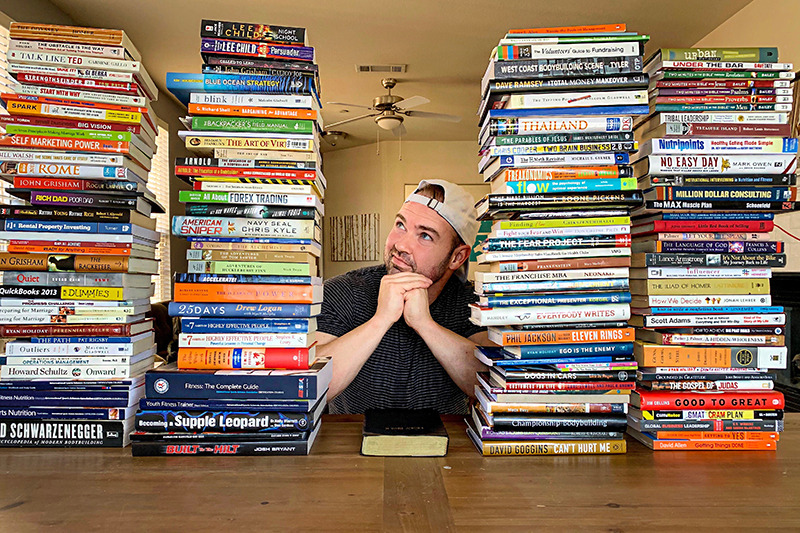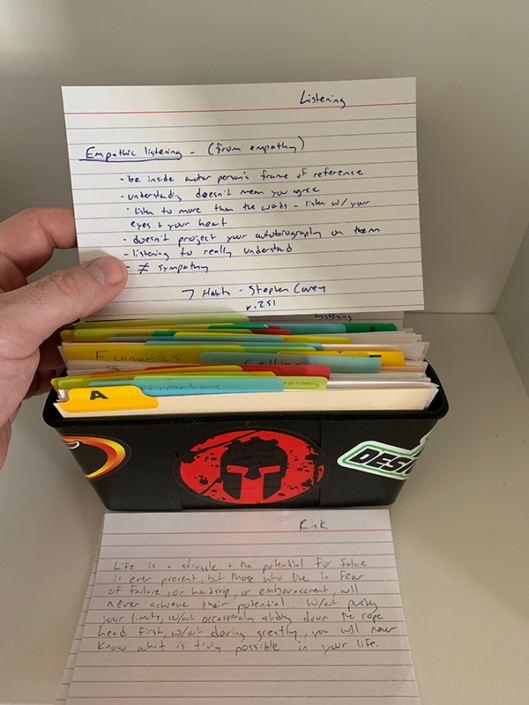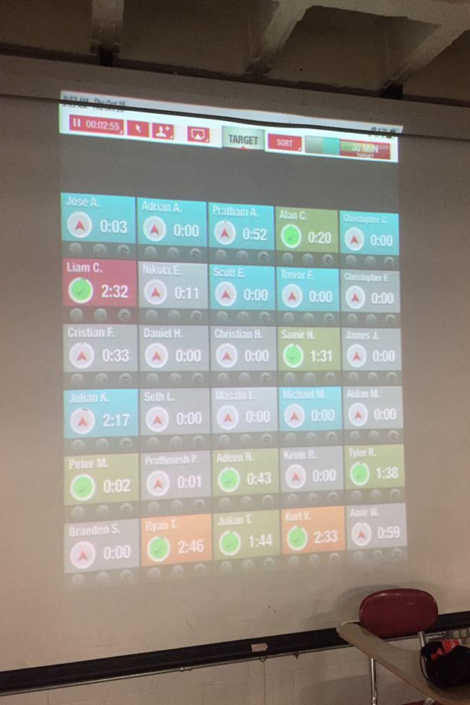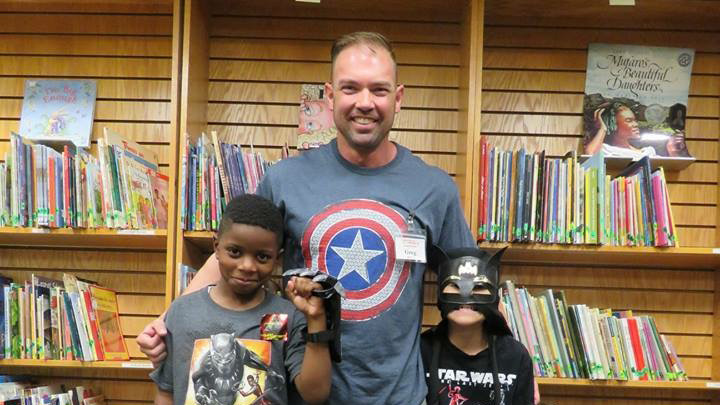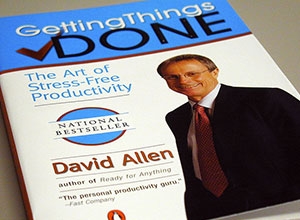The Obstacle Is The Way
Ryan Holiday
Published: 2014
Why I write book reviews, outlines, and reflections (link to bottom of page)
I read Ryan’s latest book Ego is The Enemy last year and loved it. I would describe it as philosophy in modern language, with great examples to illustrate the concepts, and written in a way that feels very practical to apply. I ordered The Obstacle Is The Way before finishing the other book, and pre ordered his latest upcoming release I was so impressed by it.

The Obstacle Is The Way is a modern version of Stoic Philosophy. I did not know of Stoicism before picking up this book – though I’ve taken a college level philosophy class I’ll admit it didn’t even ring a bell seeing the word on the page. Stoic philosophy I found out was practiced by philosophers as early as 300 BC and is. to paraphrase it, is separating logical reasoning from emotion. The biggest difference is that it’s advices are very practically applied as opposed to most philosophy being observations and understandings and not necessarily a usable guide to everyday life. As I learned in the book Marcus Aurelius, one of the most famous Emperors of Rome (who I’ll admit I only know because of the movie Gladiator), was one of the most notable Stoics in history and his writing is studied heavily on the subject.

Obstacle is the Way is basically broken up into three parts: Perception, Action and Will. Which is the steps one takes to both view, and turn obstacles into advantages. Ryan sets up the book explaining the concept we will be exploring, which is that obstacles are inevitable and that’s if we can suppress our basic emotions and reactions to these obstacles we would see that obstacles are advantageous to us, and that we should be thankful for the opportunities and lessons they create. In today’s world, our obstacles are more internal than external. In history obstacles like plagues, wars, and common disease set between us and our goals. Today the obstacles are more internal, things like stress, frustration, and debt. There are less threats that will kill us but plenty of obstacles nonetheless. Though the obstacles have changed the way great people react to them has not. Great people find a way to turn weakness into strength and to turn obstacles into advantages.
“The things which hurt…..instruct” Benjamin Franklin
Part 1: Perception
Ryan defines Perception as how we see and understand what occurs around us – and what we decide those events will mean. He then breaks it down into several brief chapters of advice to gain perspective on perception, and how to embrace it’s power in relation to obstacles.
- The Discipline of Perception
- Practicing healthy perception require exercise. If we are to keep our primal emotions and responses in check, we can stay calm in the face of adversity, and see the good in situation then we must practice doing so.
- Recognize Your Power
- No matter what situations arise, or how unfair things can be, we are never completely powerless. We control our mind and how we see obstacles.
- Steady Your Nerves
- Pressure and stress come with ambitious goals. As pressure mounts, grace and poise are more important than any other attribute because they are required if you hope to use any other skills.
- Control Your Emotions
- It’s ok to feel, but you need to separate emotional feelings from objective happenings (stoicism in a nutshell). Ryan calls is the “domestication” of emotions.
- Practice Objectivity
- Objectivity takes practice. Pull yourself out of the situation and work to see what’s really happening and see things for what they really are. This is an exercise which means it requires repetitions.
- Alter Your Perspective
- Ryan gives perspective two definitions
- Context – a sense of the larger picture of the world, not just what is immediately in front of us
- if you blow a meeting, realize it’s one meeting in a lifetime of meetings. As Richard Branson says “business opportunities are like buses; there’s always another coming around
- Framing
- an individual’s unique way of looking at the world, a way that interprets its events
- Is it up to you?
- We have to realize a distinction between what is up to us, and what is not. Focusing exclusively on what is up to us enhances our power. While chasing things that are not ours to change is destructive behavior.
- Live in the Present Moment
- Don’t overthink things. Practice living in the moment, working hard. 50% of businesses start in terrible environments without realizing it because they were busy living in the moment, and don’t realize their disadvantage until it’s in hindsight.
- Think Differently
- Our perceptions decide what we’re capable of. Stretch your perception of what is possible.
- Finding Opportunity
- See the good in everything. Start to view obstacles, rivals, setbacks for what they are: gifts. They make force you evolve, improve, realize what you don’t want, etc. Turn negatives into positives.
- Prepare to Act.
- Once you’ve managed your perceptions properly – you are ready to act with a cool head and steady hands.
Part 2: Action
Taking action isn’t special, taking the right action is what counts. When obstacles arise you can’t evade them, rely on others to solve your problems, or contemplate them to death – you must take directed action that supports your big picture goals and missions.
- The Discipline of Action
- Our instincts can cause us to be paralyzed in the face of obstacles, to simply wait for someone to fix things. Make a habit of running at obstacles, head on.
- Get Moving
- The timing is never perfect, someone might be trying to slight you, it might be too risky, it doesn’t matter – you must just start. Not doing, is the only surefire way to make sure nothing happens.
- Practice Persistence
- Expect problems but do not get distracted, discouraged or otherwise derailed from you goal. Each failure crosses one option off the list of what the solution is. Innovation comes by weeding through all the not-possibles to find the one way that is possible.
- Iterate
- Failure is inevitable. Expect it, enjoy it and learn from it. It’s often the source of breakthroughs. “Like any good school, learning from failure isn’t free. The tuition is paid in discomfort or loss and having to start over”.
- Follow the Process
- There are no big tasks, just big goals with tons of small tasks. “The Process” is breaking up those big goals into small tasks and putting your head down to complete each task with utmost quality. FINISH the task, and finish it well. Come up for air every now and then to check direction but trust and rely on the process.
- Do your job, do it right
- Our job is to try hard, to be honest, and to help others and ourselves. No matter what long term plans you have always excel with what you’re doing right now.
- What’s Right is What Works
- The conditions will never be perfect, a lot of times it’s far better to make the most with what you have than wait for the perfect opportunity that may never come. It’s better to make progress than try for perfection. Bend the rules, ask for forgiveness instead of permission – make things happen.
- In Praise of the Flank Attack
- Taking on a more powerful competitor head on is rarely the smartest way to approach a fight. Be guerrilla. Instead of pushing back against a competitor trying pulling after they have thrown a punch to use their momentum against them. True fatal weakness often comes when we (organizations) rely on size, strength or power. This strategy is much harder but that is why it works.
- Use Obstacles Against Themselves
- Sometimes you defeat obstacles not by attack, but by sitting back and letting them attack you. Moving forward isn’t the only way to progress – you can move sideways, and backwards. Deciding to resist action is action itself. This takes true humility but is effective.
- Channel Your Energy
- Don’t spend time focusing on all the “not-fairs” – channel your energy into your work. Be physically loose and mentally tight. Like an athlete in the zone – you don’t waste energy getting mad, or even celebrating.
- Seize the Offensive
- Truly gifted people view disaster as opportunity. A “teachable moment” waiting for you to seize it. When everyone else sees misfortune you see opportunity.
- Prepare for None of it to Work
- Somethings just won’t work out. You can do everything in your power but you can never control everything, and sometimes doing everything right will still leave you short handed. You can only put 100% effort into what you can control and affect, that’s it.
Part 3: Will
Ryan describes will as our internal power, which can never be affected by the outside world. And Will Power is turning undeniably negative situations into learning, humbling experiences that even help ourselves and others.
- The Discipline of will
- If perception and action are the disciplines of mind and body then will is the discipline of the soul. It is the only discipline that’s 100% in our control. We can form our perceptions and putt 100% effort into our actions but when things go wrong it requires will to endure and even be happy despite of problems.
- Build Your Inner Citadel
- A fortress inside of us that no external adversity can ever break down. We are not born with this, and it must be built and actively reinforced. We craft our spiritual strength through physical exercise, and our physical strength through mental practice – sound mind in a strong body.
- Anticipation (Thinking Negatively)
- The world is ruled by external factors. Be prepared for this. The only guarantee is that things will go wrong. The only things we can use to prepare for this is anticipation. Be prepared for failure and ready for success.
- The Art of Acquiescence
- Constraints in life are good. Accept them and let them direct you. When the cause of something is outside of us we are better off to accept it and move on.
- Love Everything That Happens
- Cheerfulness in all situations, especially the bad ones. We don’t get to choose what happens to us but we do get to choose how we feel about it.
- Perseverance
- Staying Power. It’s not about overcoming one obstacle but many. It’s not round 1 it’s the long game.
- Something Bigger Than Yourself
- When we focus on others our own personal fears and troubles will diminish. The desire to quit feels selfish when we consider the people who would be affected. Unity over self.
- Meditate on Your Mortality
- Remember you are mortal. You are not invincible and time is not limitless. Keeping your mortality in mind gives you purpose, urgency and perspective.
- Prepare to Start Again
- Behind the mountains are more mountains. Each time you learn something, develop strength, wisdom and perspective a little more of the competition falls away until all that is left is you: the best version of you.
Final Thoughts:
First see clearly. Next, act correctly. Finally, endure and accept the world as it is. It’s not enough to read or say this it takes repetitions of thinking and acting to turn it into muscle memory.
Why I write book reviews, outlines, and reflections:
I love to learn, and for me reading is one of my favorites ways to learn. In my quest for learning through reading I did some research on retaining the knowledge I am taking in to make sure it’s not “going in one ear and out the other” as we like to say. One of my methods of retention is taking notes, writing outlines to study, and recording my reflections and reviews of the information. I used to take a lot of physical notes, but seeing my book shelf full of books with folder papers sticking out the top is not only unattractive but also not a very scalable way to store information. Now I’ve started transferring over my handwritten notes and highlighter filled books into digital format, and just in case anyone wants a quick read of any of the books I’ve read, or curious about someone else’s insight on a book they’ve read I decided to start publishing these notes.
Latest Article I wrote about reading: http://gregmccoy.net/reading/
Great Article about reading retention: https://open.buffer.com/how-to-read-more-and-remember-it-all/
 More than ten years later, I finally completed that goal of reading 100 books. It’s funny; when I talk about this goal to people, I usually get one of two reactions. The avid reader replies, “100 books…what, in a year?” and the non-reader replies, “Holy crap; who has time for that?” It took me a long time to complete this. In those more than ten years since Dr. Urich’s class, there were years where I read a lot of books and there were years where I maybe only read a couple. The past three years have been pretty consistent. I wake up earlier than I need to, have some coffee, and try to read for at least 30 minutes. I don’t force it – if I don’t feel like reading, I don’t. But most mornings, I look forward to it. Some mornings when I have more time, I’ll read for more than an hour. I like to think of books as my mental diet. If I put the right things in, then I get outward results. When I read about business, my business improves. When I read about personal finance, my bank account grows. When I read about bodybuilding, my muscles grow. When I read fiction, my imagination grows. No matter what I read, I feel like my perspective expands, my vocabulary improves, and I just think better.
More than ten years later, I finally completed that goal of reading 100 books. It’s funny; when I talk about this goal to people, I usually get one of two reactions. The avid reader replies, “100 books…what, in a year?” and the non-reader replies, “Holy crap; who has time for that?” It took me a long time to complete this. In those more than ten years since Dr. Urich’s class, there were years where I read a lot of books and there were years where I maybe only read a couple. The past three years have been pretty consistent. I wake up earlier than I need to, have some coffee, and try to read for at least 30 minutes. I don’t force it – if I don’t feel like reading, I don’t. But most mornings, I look forward to it. Some mornings when I have more time, I’ll read for more than an hour. I like to think of books as my mental diet. If I put the right things in, then I get outward results. When I read about business, my business improves. When I read about personal finance, my bank account grows. When I read about bodybuilding, my muscles grow. When I read fiction, my imagination grows. No matter what I read, I feel like my perspective expands, my vocabulary improves, and I just think better.